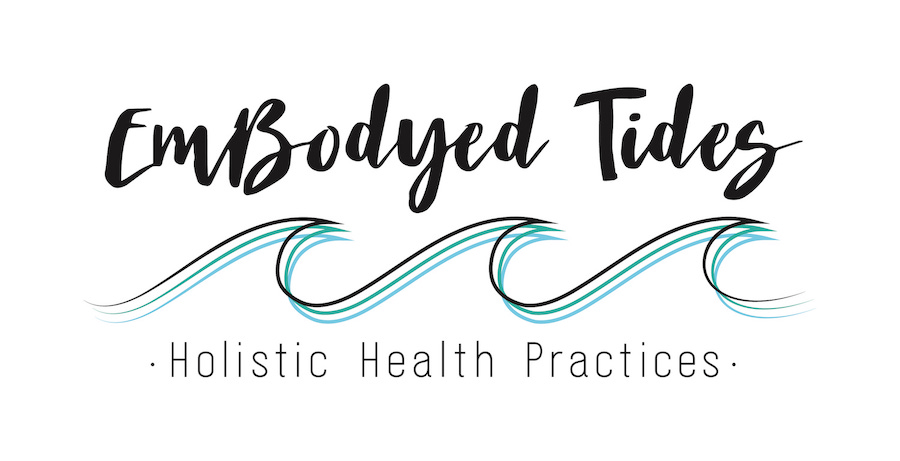“The function of emotion is e-motion, to engage in action. If you are afraid, you want to move away from the object of fear. If you become angry, you feel as if you want to engage or get physical with whomever is making you angry. If you love someone, you want to make some movement toward that person. That is the purpose of emotion – to propel us toward action. When you are traumatized your motion is paralyzed. A victim of violence almost invariably trapped, pinned down or unable to move. Later, if there is perceived threat, the body reacts as if it has to move but it once again feels helpless and paralyzed, prevented from being able to act effectively. All the chemicals are released to engage in action but the body doesn’t know how to move. Their challenge, is that after confrontation with physical helplessness, it is essential to engage in taking effective action” (excerpt from Bessel van der Kolk’s interview with Integral Yoga Magazine).
This is exactly why I have come to love what I do. In practice and in philosophy. In treatment and in caregiving. Trauma-informed practices, or what some – including myself – may reference as Human-informed practices, speak largely to this disconnect. The physical manifestation of our human body, reacting involuntarily to perceived threats on both body and mind. Through a more holistic combination of healing modalities, including both psychotherapy and yoga together, clients build on the invaluable tools of self-regulation. And implementing such tools, not only through talk-therapy, but also by adding the undeniable impact of somatic experience, the counseling process then naturally enhances. It allows someone who has experienced/is experiencing trauma permission of their own movement within their growth. Within their healing and wellness plan.
If we think about the nervous system being able to synchronize, as if ruled by its own proprietor, I envision it almost like a soul’s ability to put on a symphony. All the orchestral instruments are available to play, and the person can sing her cadenza in triumph – as she is not only player, but also conductor. When provided the opportunity to slow the breath, meditate, or move your body because of your choices, this act perpetuates the courage and audacity in being in control of your own life. It is such a powerful dynamic to embody and watch unfold within another person.
With the trainings I have done in trauma-sensitive yoga, and pioneers I have engaged with in the field (re: David Emerson; Mike Huggins), there’s no question in my mind about the effects of providing this service. Providing the space for a child, an adult, a couple – even a family – to partake in their own therapy process firsthand, and to see that it can encompass techniques beyond what you’ll read in a textbook. Of course, the family systemic work I have researched and studied, also guides my practice. It lays a solid foundation upon which I explore with clients the narratives to which they ascribe their struggles. Though for many who encapsulate a significant, unfathomable history of pain in their bodily structure, talk therapy does not always seem to be enough. And other alternative modalities such as EMDR, acupuncture, yoga therapy, reiki and energy work, are fortunately moving further up the chain. Perhaps it is the e-motion behind the empiricism – to repair an injured mind, we must treat the whole person.
For additional readings and resources, please feel free to check out the following few:
– Overcoming Trauma Through Yoga: Reclaiming Your Body, by David Emerson
– Trauma-Sensitive Yoga in Therapy: Bringing the Body Into Treatment, by David Emerson
– Your Body Keeps the Score: Brain, Mind, and Body in the Healing of Trauma, by Dr. Bessel van der Kolk
– Attachment-Based Yoga & Meditation for Trauma Recovery, by Deirdre Fay
– Waking: A Memoir of Trauma and Transcendence, by Matthew Sanford
– “Transcending Trauma: How Yoga Heals” at Yoga International
– www.traumasensitiveyoga.com
– www.traumacenter.org
– www.transformationyogaproject.org
